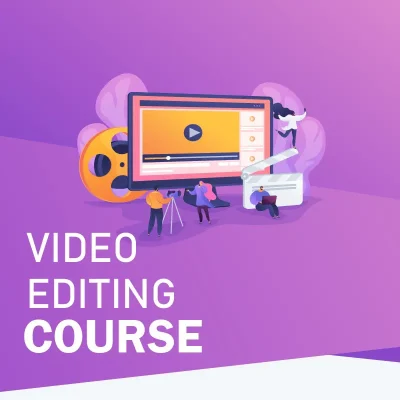Video Editing Course
Course Overview
Our Video Editing Course is perfect for beginners and content creators who want to learn how to professionally edit videos for YouTube, social media, or personal use. In this course, you’ll gain hands-on experience with popular editing tools like Adobe Premiere Pro, Filmora, and mobile-friendly apps like CapCut or InShot.

📚 What You Will Learn
Basics of video editing
Cutting, trimming & transitions
Adding text, effects, and music
Color correction & audio balancing
Exporting in different formats
Using tools like Adobe Premiere Pro, Filmora, or CapCut
🌟 Course Highlights
100% practical sessions
Real project-based learning
Certificate on completion
Learn for YouTube, Instagram & Reels
You’ll learn how to cut and trim clips, add music and voiceovers, apply transitions, insert text and effects, and do basic color correction. By the end of the course, you’ll be able to create polished videos suitable for platforms like YouTube, Instagram, Facebook, and more. Whether you’re a student, social media influencer, or aspiring video editor — this course will give you the skills to bring your ideas to life.
We provide practical project-based training and a certificate after course completion. No prior experience is required — just a creative mind and willingness to learn!
